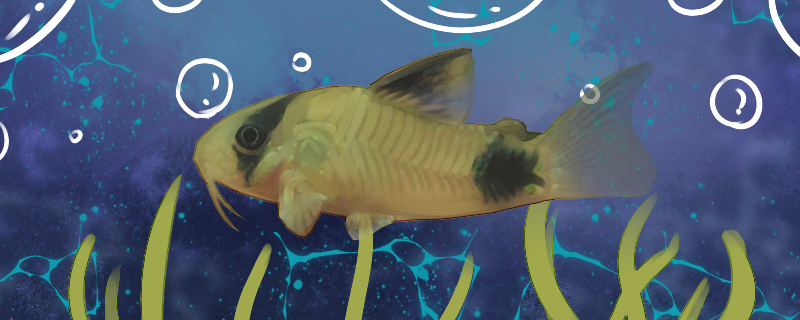
Pandas and mice are very gentle and lively, so they can be mixed with other small tropical ornamental fish.When feeding, it is recommended to lay a layer of fine sand at the bottom of the tank to protect their tentacles from damage.In addition, the bottom can be covered with small stones, which will greatly improve their sense of security.Generally speaking, as long as they are carefully cared for, their feeding difficulties are not high.
1. Temperature: When raising, as long as the temperature is kept between 22-28 ℃, the normal survival of panda mice can be guaranteed.During the breeding period, the temperature can be adjusted to about 24-27 deg C.During the breeding period, water needs to be changed, and the amount of water should be maintained at about one quarter to one fifth.This can promote their production through the temporary low temperature generated when changing water.
2. Water quality: They do not have particularly strict requirements on water quality.During daily feeding, the pH value of the water body is kept between 5.8 and 7.8, and the hardness of the water body is kept between 4 and 18 dH.
3. Environment: They like to live in an environment with aquatic plants or sunken wood, so they can plant some aquatic plants or place several pieces of sunken wood in the water when breeding.They can lay a layer of stones on the bottom of the water to provide them with enough sense of security.In order to prevent their tentacles from being damaged when foraging, they can also lay a layer of fine sand on the bottom of the water.
4. Feeding: They are typical omnivorous fish and like to eat live bait.When feeding, live bait such as red worms, nematodes and the like can be mainly fed.
。